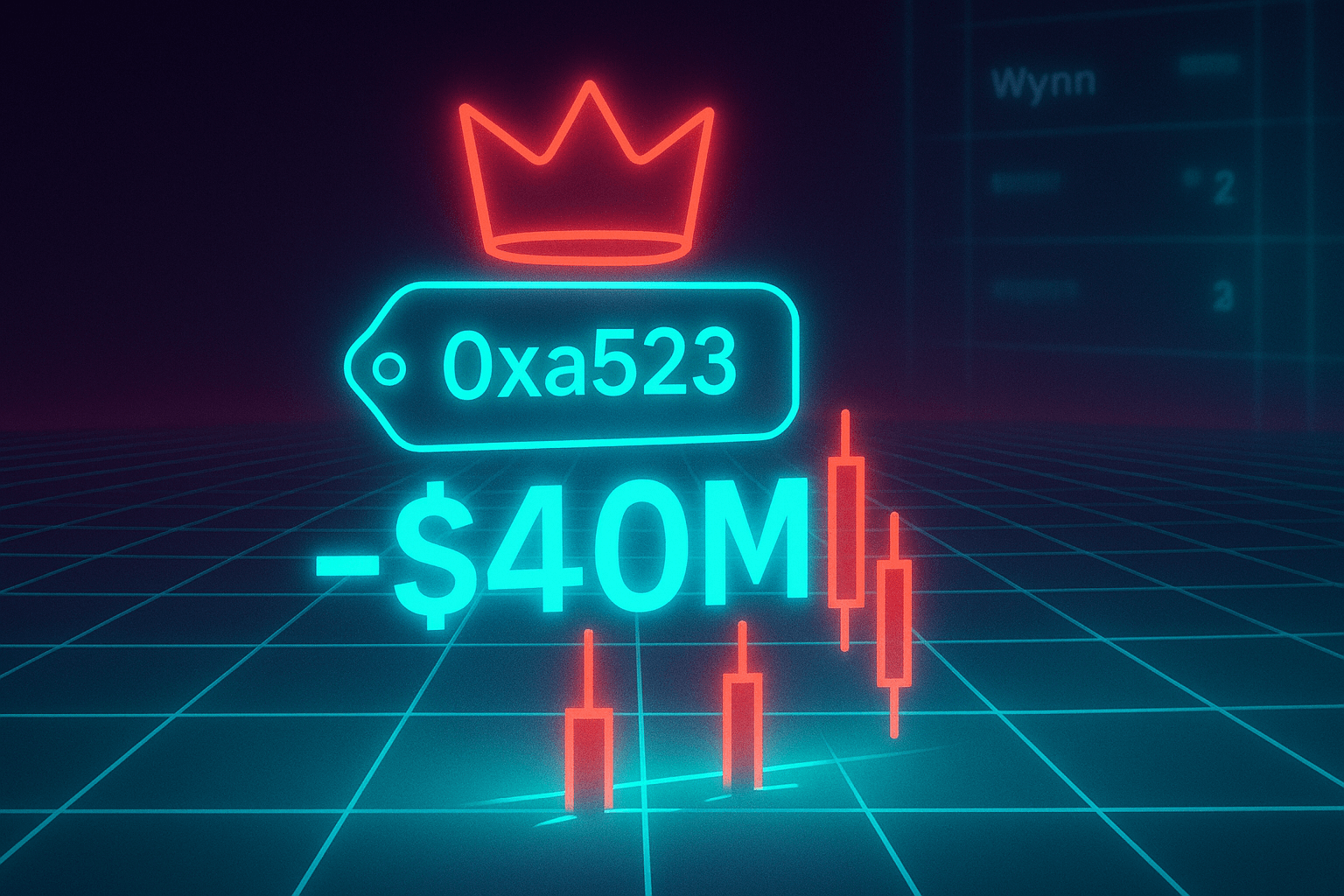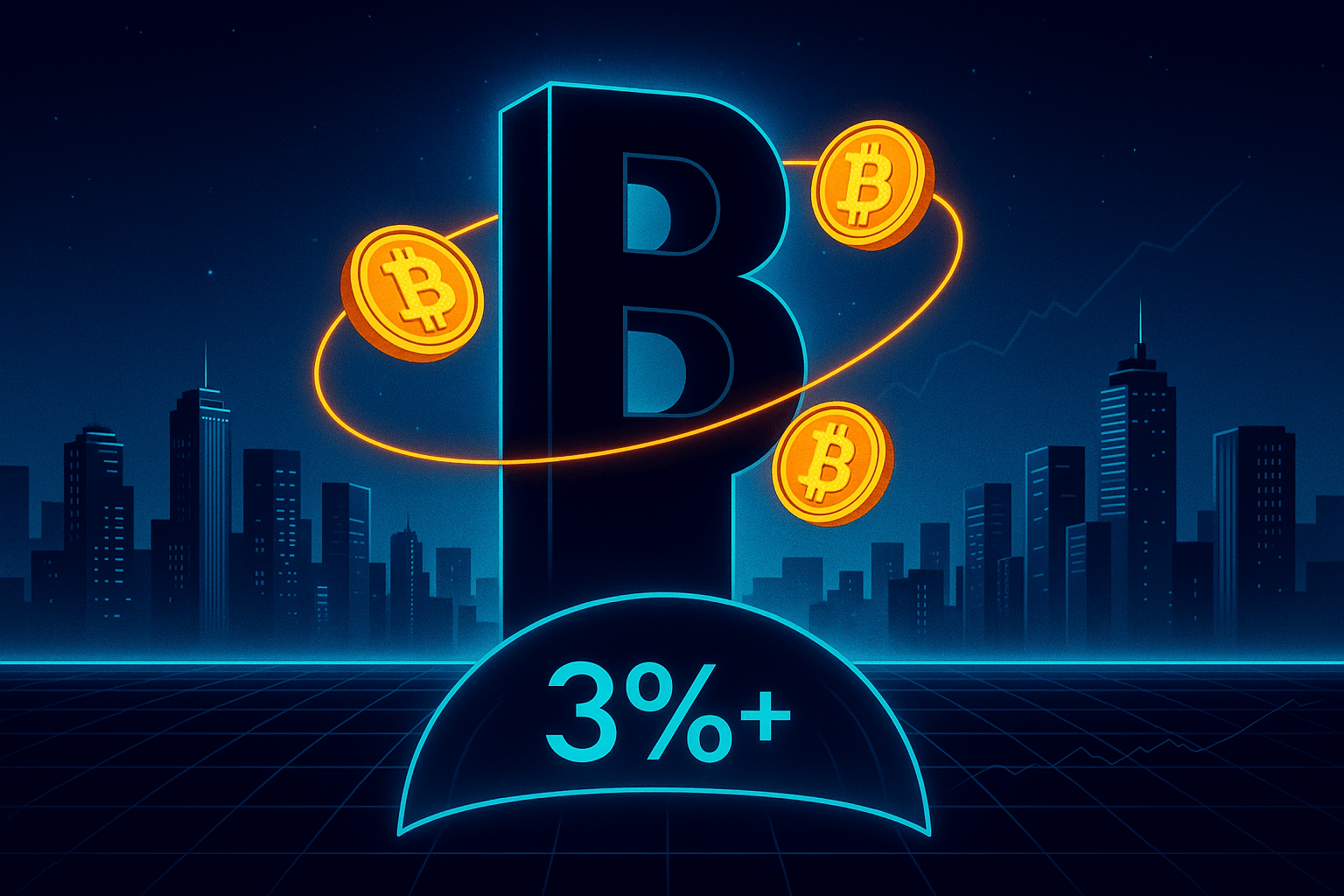Ethereum Whales Accumulate While Retail Traders Exit: What It Means for the Market
June 16, 2025
As Ethereum’s price hovers around key psychological resistance, a curious divergence is playing out beneath the surface: retail traders are offloading positions to secure recent gains, while whales — wallets holding 10,000+ ETH — are quietly accumulating. This split in behavior between institutional and individual actors raises critical questions about the direction of the market and what it signals for the next phase of Ethereum’s cycle.
Retail Takes Profits at Local Highs
According to on-chain data providers, retail wallets have been actively selling ETH over the past two weeks. These sales coincide with Ethereum reaching near-term highs and follow a broader trend seen across previous cycles — small holders tend to lock in profits earlier, especially after volatile months.
Exchange inflow from wallets holding less than 100 ETH has spiked, and decentralized trading platforms like Uniswap and MetaMask Swaps report increased outbound activity from non-custodial wallets. In short: the average investor is heading for the exits — at least for now.
Whales Are Buying the Dip — Or the Signal?
In contrast, whale wallets have shown a net positive accumulation trend. Multiple wallets associated with funds and multi-sig treasuries have acquired over 400,000 ETH in June alone. Most of this has not moved — a sign of long-term conviction, not short-term speculation.
Some of the acquisitions are being made via OTC desks and cross-chain bridges — activity that suggests strategic repositioning ahead of major events like the upcoming Ethereum scaling roadmap updates and potential ETF news.
Why This Divergence Matters
- Behavioral asymmetry: Retail often reacts to price; whales act on future expectation. This divergence has historically marked inflection points in ETH cycles.
- Volatility prep: Big players positioning for potential moves may lead to lower short-term liquidity as tokens are taken off exchanges.
- Sentiment shift: Retail cooling down while whales step in often precedes a change in momentum — up or down — depending on macro context.
What Could Be Driving Whale Interest?
Beyond price speculation, whales may be anticipating several catalysts:
- Improved L2 adoption metrics and roll-up revenue from networks like Arbitrum and zkSync
- Progress on Ethereum’s “Proto-Danksharding” implementation for lower fees
- Rising ETH staking yields that appeal to long-horizon holders
- Hedge positioning ahead of any surprise regulatory ETF announcements
All of these factors make ETH an attractive accumulation target — especially when smaller holders are easing out.
Trading Insights for Paypilot Users
This divergence offers an actionable moment for proactive traders and crypto holders. If you’re seeing ETH weakness but bullish fundamentals, consider:
- OTC accumulation: Acquire ETH through Paypilot’s OTC desk for deep liquidity and reduced price slippage during periods of low retail activity.
- Smart custody strategies: Secure accumulated ETH in our multi-chain crypto wallet with built-in yield options.
- Conversion options: Hedge or spend ETH seamlessly using the Paypilot crypto card — convert to fiat at any terminal without off-ramping delays.
Don’t Follow the Herd Blindly
The current retail-to-whale divergence isn’t a guarantee of an ETH breakout — but it is a signal of shifting sentiment. While smaller holders lock in modest gains, seasoned players are positioning for structural moves.
Paypilot users can take advantage of this moment by staying disciplined, moving away from emotional exits, and using tools that offer private execution and flexibility.
Final Takeaway
Ethereum’s market split is more than just a data point — it’s a window into how smart money and reactive money behave differently. Whether this resolves in another rally or a deeper retracement, the whales have made their move. What’s yours?



